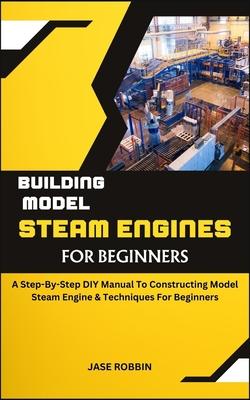Fundamental elements of model steam engines consist of:
- Similar to conventional steam engines, the furnace is an essential component. Water is heated to generate vapor.
- The steam engine is the mechanical device responsible for transforming the energy present in steam into motion. Typical components consist of a crankshaft and a piston.
- Cylinder: The expansion of steam within the cylinder converts thermal energy into mechanical labor by pushing a piston.
- Flywheel: This component is frequently included to reduce engine vibration. During the power stroke, the flywheel stores energy, which it subsequently discharges for the remainder of the cycle.
- Fuel Source: To heat the boiler and generate steam, model steam engines may utilize solid fuel tablets, liquid fuels, or even electricity.
- Constructing and managing a model steam engine can impart practical knowledge of fundamental engineering principles, mechanics, and thermodynamics.
- Historical Interest: A considerable number of devotees derive pleasure from recreations of steam power on a smaller, more feasible scale, due to its profound historical significance.
- The construction of model steam engines frequently necessitates meticulous craftsmanship, and numerous enthusiasts derive immense satisfaction from fabricating elaborate and visually appealing prototypes.
- Hobby Communities: Model steam engine enthusiasts participate in communities where they exchange information, experiences, and creations.
